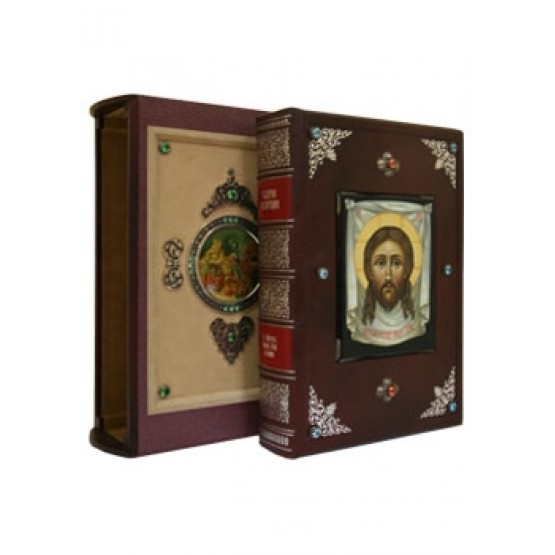- Все категории
- Настольные наборы из камня
- Подарочные книги
- Часы из камня
- Златоустовская гравюра
- Ложки и наборы для обуви
- Аксессуары из камня
- Бокалы. Стопки. Вазы
- Декор для дома
- Изделия из дерева
- Изделия из камня
- Изделия из натуральной кожи
- Наручные часы
- Подарочный сертификат
- Подсвечники и канделябры
- Подстаканники
- Сувениры из камня
- Шахматы и нарды
- Шкатулки из камня
- Ключницы. Картины. Панно. Плакетки.
- Наборы для пикника и шашлыка
- Хрустальные подарки Swarovski
- Календарь праздников
- Профессиональные подарки
Корзина
0
Список категорий
-
Настольные наборы
-
Подарочные книги
- Златоустовская гравюра
- Ключницы и Панно
- Ложки для обуви
-
Изделия из дерева
-
Часы из камня
- Из натуральной кожи
- Шахматы и нарды
- Аксессуары из камня
- Вазы, кубки, бокалы
-
Сувениры из камня
- Глобус бары. Корабли
-
Наборы для пикника
- Календарь праздников
-
Подарки кому?
- Подстаканники
-
Настольные наборы
- Настольные наборы из камня
- Подарочный сертификат
- Письменные наборы из малахита
- Настольные наборы из лазурита
- Письменные наборы из яшмы
- Письменные наборы из камня нефрит
- Письменные наборы из камня обсидиан
- Письменные наборы из змеевика
- Письменные наборы из мрамора
- Письменные приборы из камня
- Сейфы из камня
- Визитницы настольные из камня
- Карандашницы из камня
- Лотки для бумаг
-
Подарочные книги
- Афоризмы. Мудрость
- Биографии. Мемуары
- Военное дело. Спецслужбы
- Искусство и живопись
- История и культура
- Классика
- Подарочные книги о России
- Христианство
- Ислам
- Иудаизм
- Напитки, кулинария
- Охота, оружие
- Поэзия
- Рыбалка
- Семья, быт
- Энциклопедии, словари
- Репринтные издания
- Власть, бизнес и политика
- Спорт
- Фамильные Библиотеки
- Семейные и родословные книги
- Ежедневники
- Златоустовская гравюра
- Ключницы и Панно
- Ложки для обуви
-
Изделия из дерева
- Изделия из дерева
- Иконы и Панно
- Резной декор
- Часы
- Двери
- Сувениры из дерева
- Мебель
- Религия
- Резные панно из дерева
- Резные иконы из дерева
- Балясины деревянные для лестниц
- Царги
- Резные навершия
- Капители
- Кронштейны
- Маскароны
- Резные ножки для мебели
- Погонаж
- Резные столбы
- Настенные часы
- Напольные часы
- Настольные часы в деревянном корпусе
- Эксклюзивные изделия
- Скульптуры
- Сувениры
- Элементы декора храма
- Аналой
- Жертвенник
- Иконостас
- Церковная утварь
- Кресты
- Урны для праха
- Часы из камня
- Из натуральной кожи
- Шахматы и нарды
- Аксессуары из камня
- Вазы, кубки, бокалы
- Сувениры из камня
-
Глобус бары. Корабли
-
Наборы для пикника
- Наборы дорожные в сумках из кожи и ткани
- Наборы в сумках — кейсах из кожзаменителя
- Наборы в сумках из ткани
- Мини-наборы в чехле из натуральной кожи
- Наборы в сумках-кейсах из натуральной кожи
- Наборы в сумках из натуральной кожи
- Наборы подарочные для пикника в дипломатах-кейсах
- В кейсах из натуральной кожи
- Фляги, Термосы, Кружки, Стаканы
- Стаканы в чехлах из натуральной кожи
- Кружки в чехлах из натуральной кожи
- Термосы походные в чехлах из натуральной кожи
- Фляги походные в чехлах из натуральной кожи
- Шашлычные наборы
- Переносные мини-бары и наборы посуды для поездок
- Шампура из камня
- Календарь праздников
-
Подарки кому?
- Подарок учителю
- Подарок авиатору
- Подарок врачу
- Подарок нефтянику, газовикам
- Подарок юристу, адвокату, судье
- Подарок энергетику
- Подарок строителю, архитектору
- Подарок моряку
- Подарок музыканту
- Подарок железнодорожнику
- Подарок финансисту, банкиру, бухгалтеру
- Подарок программисту
- Подарок полиции
- Подарок шахтеру
- Подарок металлургу
- Подарок спасателю, пожарному, МЧС
- Подарок ГИБДД
- Подарок военному
- Подарок ФСБ
- Подарок МВД
- Подарок спортсмену
- Подарок автомобилисту
- Подстаканники





